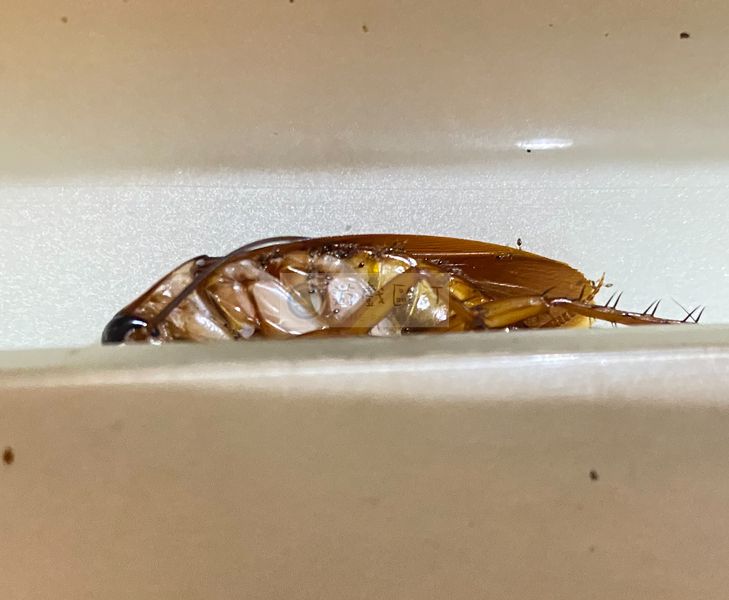打不死的小強:古老的昆蟲蟑螂
蟑螂是一類古老的昆蟲,屬於蜚蠊目,擁有約4,100種不同的品種,其中只有少數在城市環境中為害。以其強大的生存能力和適應性著稱,這使它們在全球廣泛分布,特別是在亞洲等溫暖潮濕的地區尤為常見。相比之下,歐洲某些國家由於氣候較冷,蟑螂的數量相對較少。
蟑螂的繁殖能力非常強,這是它們能夠大量繁殖的主要原因之一。首先,雌性蟑螂一次可以產下大量卵鞘,並且每個卵鞘裡可以有數十個卵。這些卵在適宜的環境下(如潮濕、溫暖且有充足的食物供應的地方)能迅速孵化,幼蟲在幾個月內就能發育成成蟲。蟑螂還具有多樣的飲食習慣,幾乎可以食用任何有機物,從食物殘渣到紙張,甚至糞便,這讓它們在食物匱乏時也能夠存活。此外,對於環境變化的適應能力很強,能夠在極端惡劣的條件下生存,比如在低氧環境或極端溫度中。
亞洲的潮濕和溫暖的氣候為蟑螂提供理想的繁殖環境,許多城市也因為高人口密度和衛生管理問題,使得蟑螂在這些地區泛濫成災。而在歐洲,特別是北部,較為寒冷的氣候對蟑螂生存是一大挑戰,它們難以在冬季存活。這是為什麼蟑螂在亞洲更為常見,而在歐洲相對少見的原因之一。從優點來看,蟑螂在生態系統中也扮演著一定的角色。它們可以作為其他動物的食物,如鳥類和一些哺乳動物。同時,它們也能夠幫助分解有機物質,對於自然界中的養分循環具有貢獻。然而,蟑螂對人類的影響大多數是負面的。牠們是疾病的攜帶者,能夠傳播包括痢疾、霍亂和過敏原在內的多種病原體。其存在影響人類的居住環境,會污染食物、釋放令人不愉快的氣味,並且對家庭環境和衛生構成威脅。
總結來說,蟑螂的繁殖能力、飲食多樣性和環境適應性是它們能夠大量繁殖並在全球範圍內生存的重要原因。儘管它們在自然界有一定的生態功能,但在人類社會中,它們的存在常常被視為害蟲,帶來衛生和健康方面的挑戰。
Cockroaches are an ancient group of insects belonging to the order Blattodea, with around 4,100 species, though only a few cause problems in urban environments. Known for their incredible survival skills and adaptability, they are widely distributed across the globe, particularly thriving in warm, humid regions like Asia. In contrast, cockroach populations are relatively lower in some European countries due to their colder climates.
The strong reproductive capacity of cockroaches is one of the primary reasons for their rapid population growth. Female cockroaches can lay large egg cases, with each containing dozens of eggs. These eggs can hatch quickly in favorable environments—such as humid, warm areas with ample food supply. The nymphs can develop into adults within a few months. Cockroaches also have highly diverse diets, able to consume nearly any organic material, from food scraps to paper, and even feces. This allows them to survive even in conditions where food is scarce. Additionally, they exhibit remarkable adaptability to environmental changes, thriving in harsh conditions such as low oxygen or extreme temperatures.
Asia’s humid and warm climate provides an ideal breeding ground for cockroaches, and many cities there, with high population density and sanitation challenges, suffer from cockroach infestations. On the other hand, Europe, especially its northern regions, presents a more challenging environment for cockroaches due to colder climates, making it difficult for them to survive the winter. This is one reason why cockroaches are more prevalent in Asia and less common in Europe.
In terms of ecological benefits, cockroaches do play a role in ecosystems. They can serve as food for other animals, such as birds and certain mammals. Additionally, they help decompose organic material, contributing to nutrient cycling in nature. However, the impact of cockroaches on humans is mostly negative. They are carriers of diseases and can spread pathogens such as dysentery, cholera, and allergens. Their presence affects living environments by contaminating food, emitting unpleasant odors, and posing health and hygiene risks to households.
In summary, the reproductive capacity, diverse diet, and environmental adaptability of cockroaches are key reasons for their widespread presence and survival across the globe. While they serve some ecological functions in nature, they are often considered pests in human society, presenting challenges to hygiene and health.

- 1
- 2
- 3
- 4
